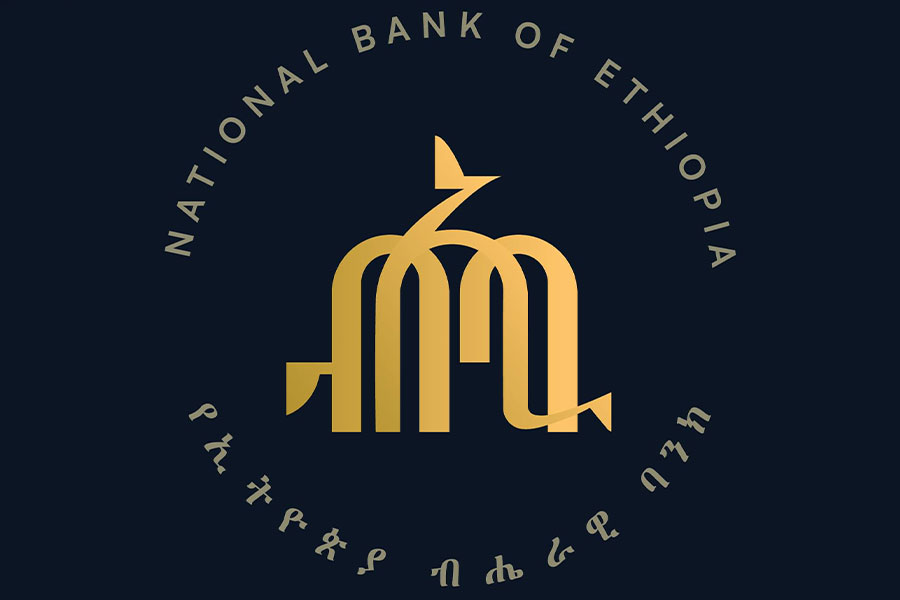Last week’s foreign exchange postings from commercial banks offered a revealing glimpse into currency market pressures. Most banks opted to keep their buying rates below the 125 Br mark, even as a handful of outliers boldly crossed that threshold. The disparity between these rates uncovers a tension between market forces and regulatory caution, particularly as demand for hard currency continues to climb.
Tsehay, Gadaa, and Goh Betoch, the banks that broke ranks, demonstrated a willingness to push their buying rates above 125 Br, revealing either strategic positioning or a reaction to mounting liquidity strains. Tsehay Bank took the limelight among these outliers by repeatedly posting an average buying quote near 125.1 Br. Goh Betoch Bank offered similarly bold prices, touching 125 Br, while Gadaa Bank tracked those moves with a higher-than-average rate of its own.
Industry analysts interpret these figures as a sign that fourth-generation banks may be trying to attract a greater share of the market’s limited foreign currency or coping with their internal imbalances. Their positioning comes during heightened competition for hard currency, fueling speculation that these banks might be bracing for further depreciation of the Brewed Buck.
A larger backdrop to these developments is the widening gap between official exchange rates and the parallel market, where the Green Buck traded at roughly 150 Br, according to DW, a German broadcaster. That premium, around 20pc above official levels, undercuts earlier hopes from Central Bank Governor Mamo Mihretu that the spread narrowed to within four percent.
Businesses and individuals, squeezed by the search for foreign exchange, appear to be migrating to the informal market. This trend compounds pressures on policymakers who were trying to stabilise an already fragile currency, prompting questions about whether the current managed floating regime can preserve the Brewed Buck from steeper losses.
Between January 13 and January 18, 2025, the average buying rate at most banks was around 124.9 Br, while selling quotes approached 127.2 Br. Regulators impose a two percent spread cap, so the gap between buying and selling rates generally remains contained at larger institutions. The state-owned Commercial Bank of Ethiopia (CBE), the biggest player in the industry, continued posting some of the lowest rates, buying quotes as low as 124 Br and selling at 126.48 Br. Industry insiders say this conservative position showed the reluctance of state-owned lenders to deviate too far from the cautious policies promoted by authorities.
Other first-generation private banks, including Dashen, Abyssinia, Wegagen, and Awash, largely stayed beneath the 125 Br line for their buying rates, hewing to the broader market consensus. Their reluctance to bid higher unveiled an implicit regulatory influence and a desire to avoid drawing undue attention from officials overseeing the still-new floating regime. Over the past several months, policy measures introduced in July 2024 were intended to grant more freedom to market forces. However, heavy policy involvement persists, leading to a form of managed floating that restricts market price discovery.
Banks across the industry can be divided into three broad categories.
State-owned behemoths like the CBE maintain conservative rates, flex their powerful market position, and close regulatory ties. Next are the mid-sized private lenders such as Dashen and Abyssinia, whose numbers rarely deviate much from established norms. Outliers like Tsehay, Gadaa, and Goh Betoch appear willing to test the limits of the current policy framework. Their moves raise questions about how sustainable these higher bids are, given that liquidity constraints and official scrutiny can intensify without warning.
The activities of Tsehay, Gadaa, and Goh Betoch revealed some of the structural imbalances underlying the market. Given their smaller networks and less diversified customer bases, fourth-generation banks can be more vulnerable to swings in foreign currency liquidity. Their decision to post higher buying rates might be a move to secure foreign currency inflows, but it may also reflect anxieties about a potential escalation of depreciation. If the Brewed Buck continues to weaken, these banks could either profit from having stocked up on dollars at current rates or risk losses if policymakers intervene in a bid to stabilise the currency.
The continued depreciation, exacerbated by the discrepancy with the parallel market, offers fresh signs of capital flight, as businesses and individuals scramble to acquire dollars through every available channel. The migration to the informal market puts added strain on the Central Bank’s attempt to orchestrate an orderly liberalisation. According to sceptics of the current approach, a deeper structural reform is needed to ensure transparency and restore trust. The authorities would be pressed to tread carefully to avoid a scenario of runaway inflation or an even wider gap between official and unofficial rates.
For now, the tension between outlier banks and the broader market serves as a barometer of the headwinds facing the currency regime, illustrating how far the market still has to go before achieving genuine equilibrium.





 Loading your updates...
Loading your updates...